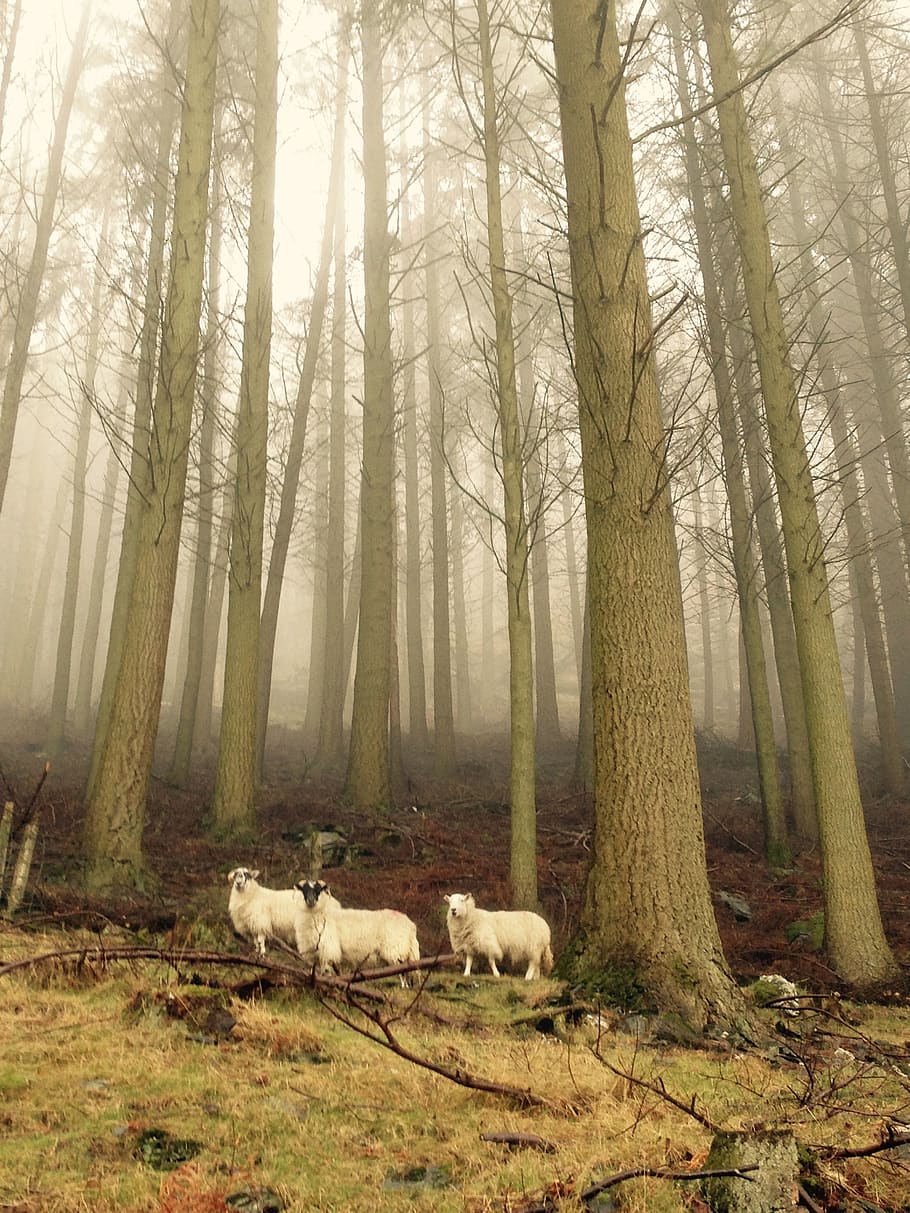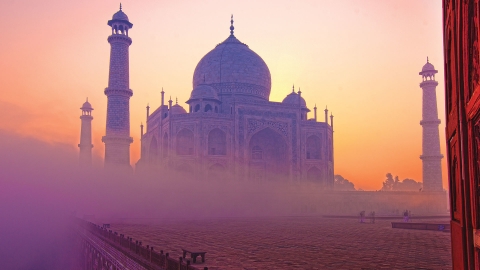Every time a local bus passes over the Fairy Bridge into the small town of Port St Mary, a melodious, pre-recorded voice says, “Hello, fairies.” Among other strange things about the Isle of Man, locals believe that not saying hello to the fairies who guard the bridge will bring bad luck.
Indeed, the Isle of Man, with its narrow country lanes and damp canopy, adds to the sense of an enchanted world. That moment perfectly sums up the island: a charming, mysterious, and somewhat off-the-beaten-path destination.

Like the English Channel islands of Jersey and Guernsey, the Isle of Man is a British Crown colony.
Despite being just 265 miles from London, the Isle of Man, with a population of around 85,000, seems to fly under the radar, with just over 300,000 visitors in 2018. That’s certainly not a small number, but it pales in comparison to the approximately 2.4 million visitors to the Isle of Wight, which is just two-thirds the size.
And although the island is surrounded on all sides by Great Britain – Northern Ireland to the west, Scotland to the north, England to the east and Wales to the south – the Isle of Man is not actually part of the UK.
The Celts were the first to settle the islands, followed by the Vikings, who eventually established the Kingdom of the Isles, a series of islands stretching off the west coast of Scotland.
In 1266, the Treaty of Perth between Norway and Scotland officially recognized the Isle of Man as part of Scottish sovereignty, leading to nearly a century of tug-of-war between England and Scotland – with the English eventually winning.

Despite its proximity to mainland Britain, the Isle of Man is relatively rarely visited by tourists.
Today, like the English Channel islands of Jersey and Guernsey, the Isle of Man is a British Crown colony, meaning it is nominally governed by the United Kingdom, but remains politically separate from Britain – except in matters of defense and foreign affairs – even though its residents are British citizens.
Similarly, as a colony, the Isle of Man is not considered an independent country within the Commonwealth, but because the UK's Commonwealth membership applies to the Isle of Man, it is entitled to compete in Commonwealth Games - albeit in its own right, separate from the UK.
This territory is not part of the European Union, but is within the European Union Customs Area.
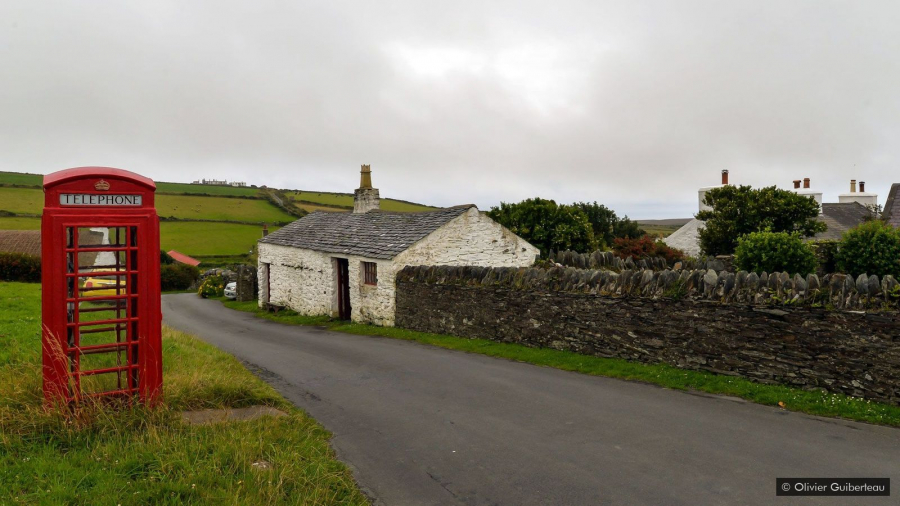
Classic red public telephone booths, many with Yellow Pages inside, are scattered around the island.
“Independence is a strong part of the island’s identity. We’re not part of the UK, or the British Isles – we’re Manx,” says Phil Gawne, a former island politician and leading advocate for Manx cultural heritage. (“Manx” comes from the Old Norse word “Maniske,” which gave rise to the Isle of Man, its people, and its language.)
Not surprisingly, given its geography, the Isle of Man feels like a patchwork of the British Isles. The gentle fields of southern England meet the misty Irish hills around the village of Kirk Michael, while the rugged Welsh coast meets the Scottish Highlands at the island’s highest point, Snaefell. On a clear day, from this stark, windswept peak, you can look around and see every part of Great Britain and Ireland.
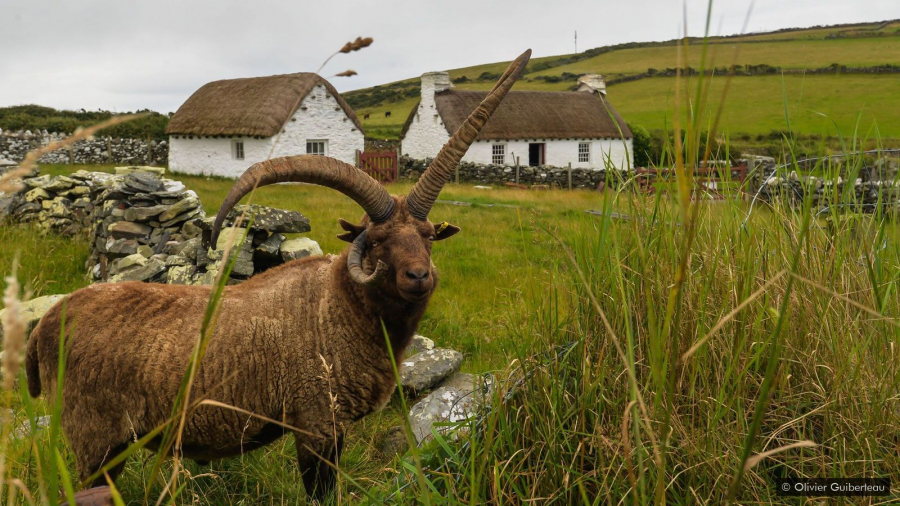
The Isle of Man is very British, but it's in a classic, cosy way that you rarely find in the UK these days.
There is a small steam train, running from Port Erin to Douglas – one of three lines on the island – that has been in operation since 1874. This train, one of those rare old-fashioned and even rarer passenger-driven relics, runs through the countryside, occasionally coming to a stop, wheezing with steam at a little village with a wonderful name like Ballasalla, where the driver will slowly guide the train into the station even though no one is getting on or off.
A promenade along the capital's seafront, with its grand Gaiety Theatre and neatly kept Edwardian inns, adds to the familiar British feel – but feels more 1920 than 2020.
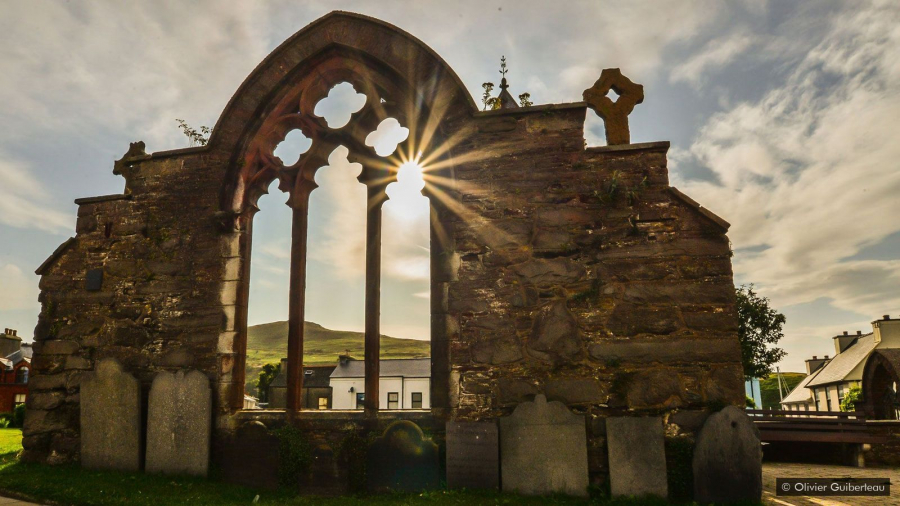
The Isle of Man was settled by Celts and Vikings before it was recognised as part of Scottish sovereignty in 1266.
In 1974, the last native speaker of Manx (defined as someone who spoke Manx as their first language) died, and in 2009 UNESCO hastily declared the language extinct, despite the existence of a primary school on the island called Bunscoill Ghaelgagh, which teaches only Manx. Pupils at the school challenged UNESCO with the question: how could our language become extinct when we were writing in it?
UNESCO quickly downgraded Manx to an "endangered" language, and since then, Manx Gaelic, led by a passionate group of people, has fought back valiantly.
Central to the revival is Bunscoill Ghaelgagh School, where teaching and learning is conducted entirely in Manx. Language classes are not just for children, but many adults are also learning Manx. The 1961 census recorded just 165 Manx speakers on the island; today there are over 2,000.
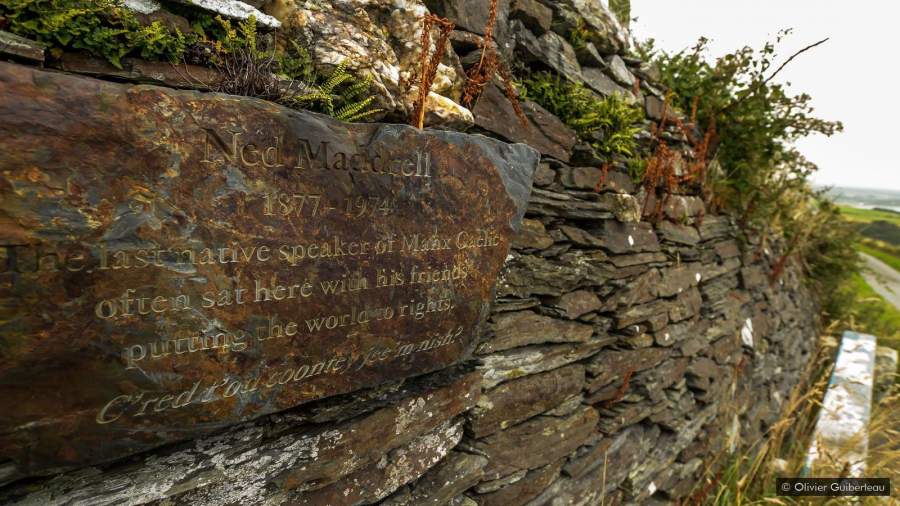
The last native speaker of Manx Gaelic, the Isle of Man's endangered historic language, died in 1974.
Poetry and music are fundamental to this revival, with groups regularly performing in Manx across the island across genres ranging from traditional folk music to rap.
Interestingly, the decline in the use of Manx from the 19th century onwards, which inevitably left gaps in the vocabulary, allowed for a free reign of creativity with new words and phrases being created to help Manx adapt to the modern world.
Just last year new words were added to the Manx dictionary, including "tholtan" (meaning "a dilapidated shed" or "a cottage"), and "skeet" (a quick glance/look).
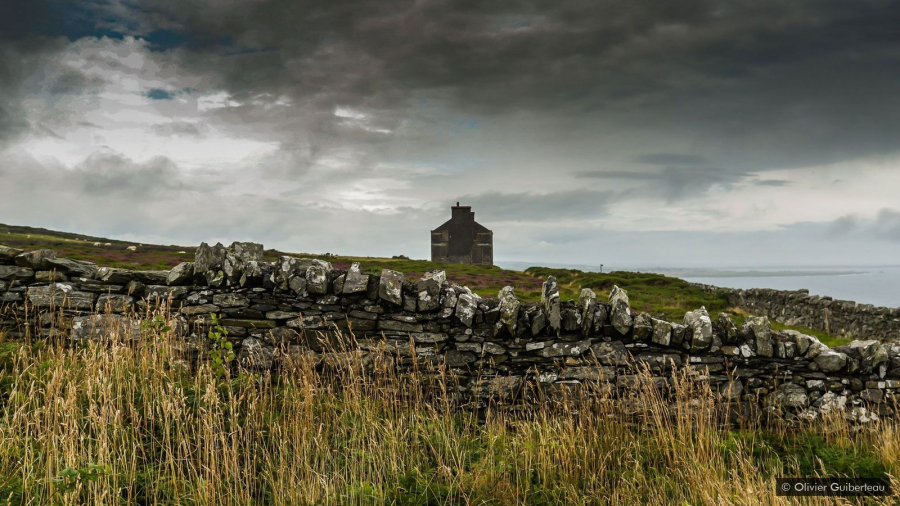
The Isle of Man is said to take its name from Manannán, the Celtic sea god who conjured mists to hide the island from invaders.
The name Isle of Man is said to derive from Manannán, the Celtic sea god who protected the island by conjuring mists to hide it from invaders. Invaders have come and gone, but it doesn’t take long to realize that what makes this little island special is the people who stay.
And what's more, this is probably the only place in the world where a bus reminds you to say hello to the fairies.





